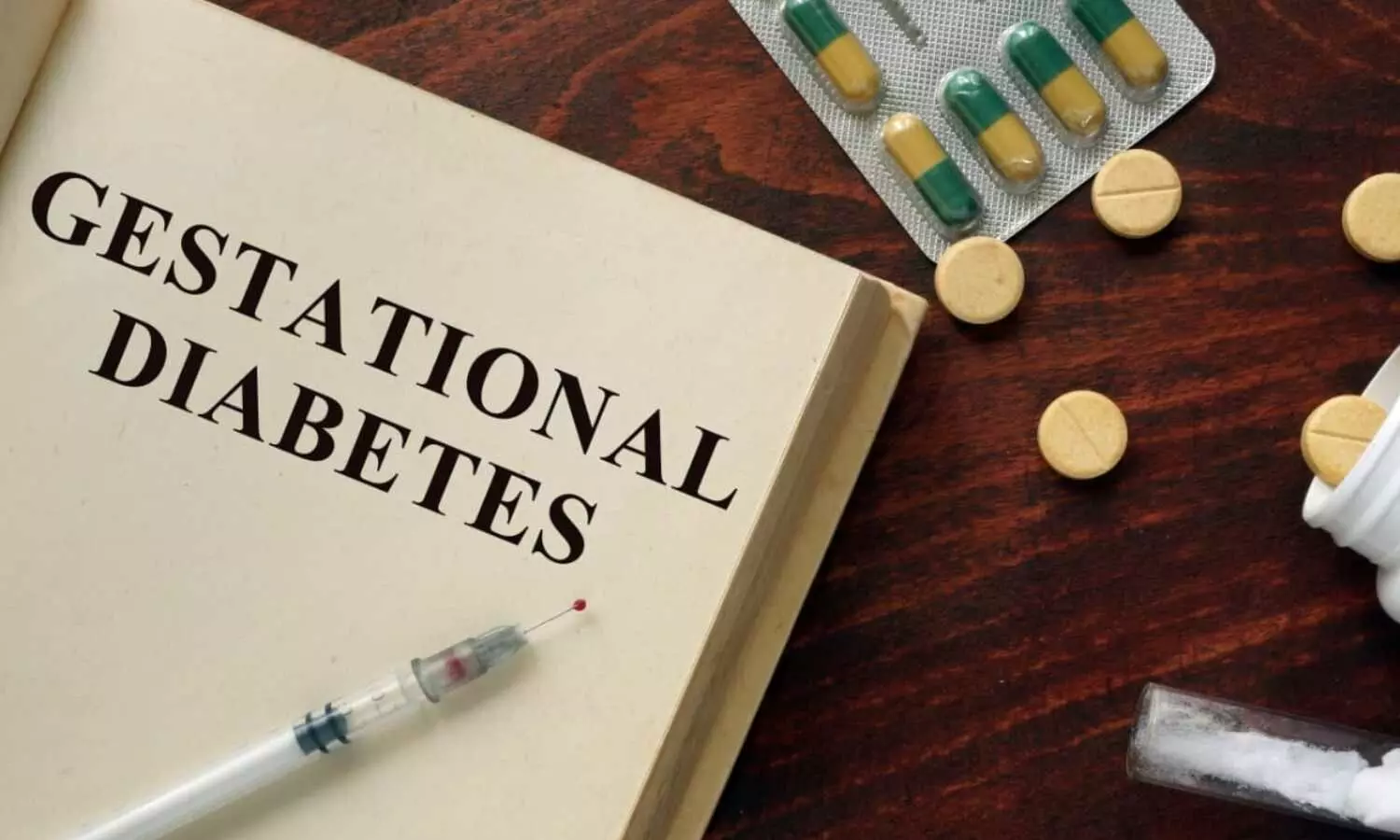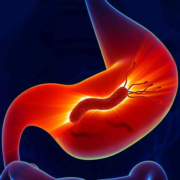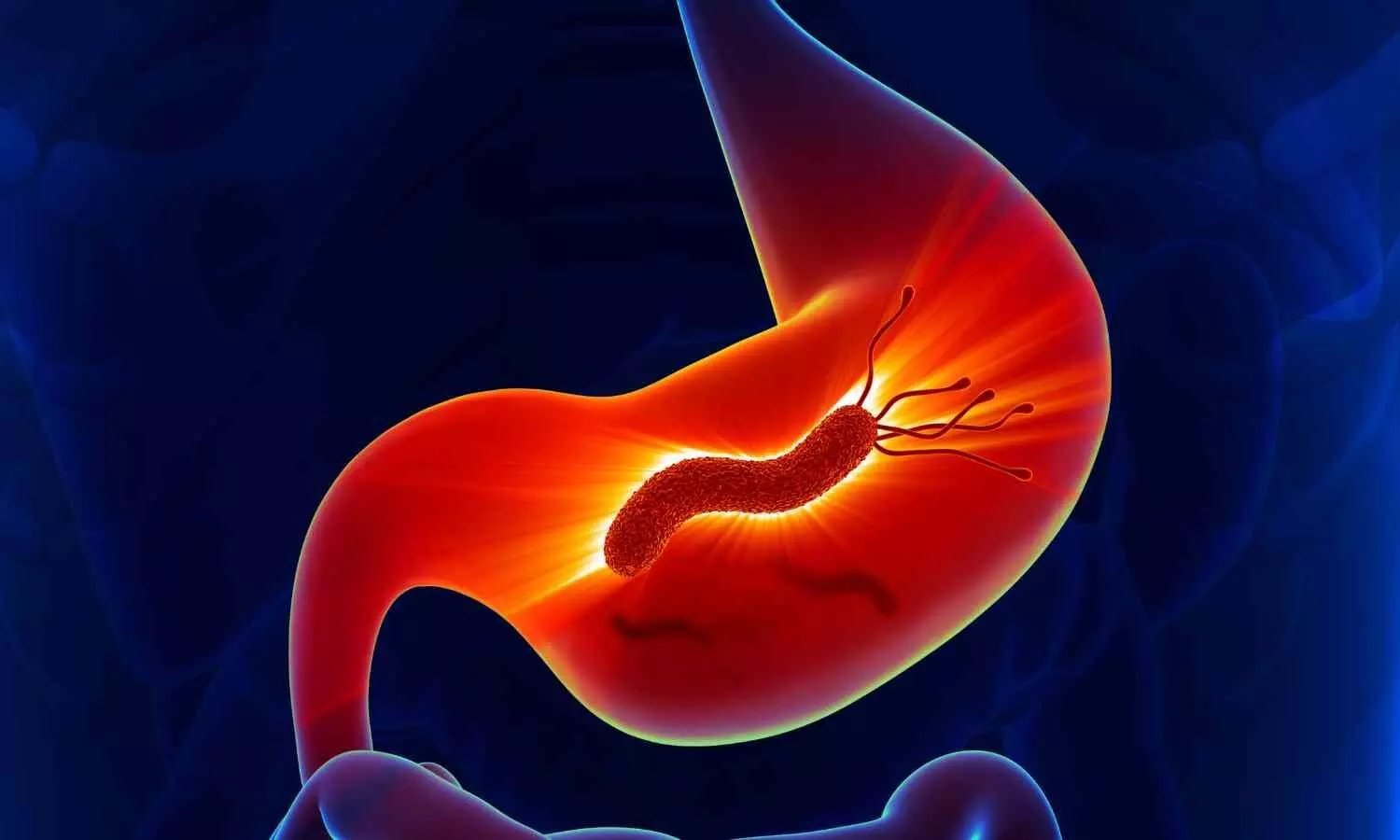Improved Ejection Fraction in Heart Failure Tied to Better Outcomes, But Clinical Risks Remain: Study Finds

USA: A substantial portion of patients diagnosed with heart failure with reduced ejection fraction (HFrEF) go on to experience meaningful improvement in cardiac function, but they remain at notable clinical risk—emphasizing the continued need for guideline-directed medical therapy (GDMT). The findings stem from a large, retrospective cohort study published in JACC by Dr. Kyung H. Min and colleagues from Kaiser Permanente San Francisco Medical Center.
Analyzing electronic health data from 28,292 patients with newly diagnosed HFrEF between 2013 and 2022, the study revealed the following:
- Around 31% of patients experienced significant improvement in left ventricular ejection fraction (LVEF), meeting the criteria for heart failure with improved ejection fraction (HFimpEF).
- This improvement was defined as an absolute increase in LVEF of more than 10%, reaching above 40% within one year of diagnosis.
- Patients with HFimpEF had lower rates of worsening heart failure events (17.4 per 100 person-years) compared to those with persistent HFrEF (34.1 per 100 person-years).
- All-cause mortality was also lower in the HFimpEF group, at 5.7 versus 11.0 per 100 person-years.
- Despite clinical improvements, HFimpEF did not equate to complete recovery, and the risk of adverse events remained.
- Reducing or discontinuing guideline-directed medical therapy (GDMT) after improvement was associated with increased clinical risk.
- A slight decline in the use of evidence-based therapies such as beta-blockers, RAAS inhibitors, and MRAs was observed after patients transitioned to HFimpEF.
- Researchers cautioned that this drop in therapy use could negatively affect long-term outcomes if not carefully managed.
Accompanying the study, an editorial by Drs. Andrew S. Perry and Lynne W. Stevenson from Vanderbilt University Medical Center emphasized the evolving landscape of heart failure treatment. They noted that while many patients benefit from GDMT, the heterogeneity of heart failure means that standard therapies may not be adequate for all. “The improvement journey will hopefully include new lanes as GDMT continues to evolve beyond traditional triple therapy,” they wrote.
Perry and Stevenson also highlighted the limitations of focusing solely on ejection fraction as a measure of heart failure progression. “The imminent era of broad population data will hopefully guide integration of primary and secondary causes, therapeutic responses, and multidimensional surveillance beyond EF, to personalize regimens and improve prognosis along all journeys with HF,” they suggested.
Ultimately, the study highlights both the encouraging potential for heart function recovery and the persistent vulnerability of patients even after improvement. Continued adherence to and optimization of GDMT remains crucial in managing HFimpEF, as personalized approaches based on emerging data may shape the future of care.
Reference:
Min KH, Go AS, Lee K, et al. Guideline-directed medical therapy and outcomes among patients with heart failure with improved ejection fraction. JACC. 2025;86:338-350.
Powered by WPeMatico


















